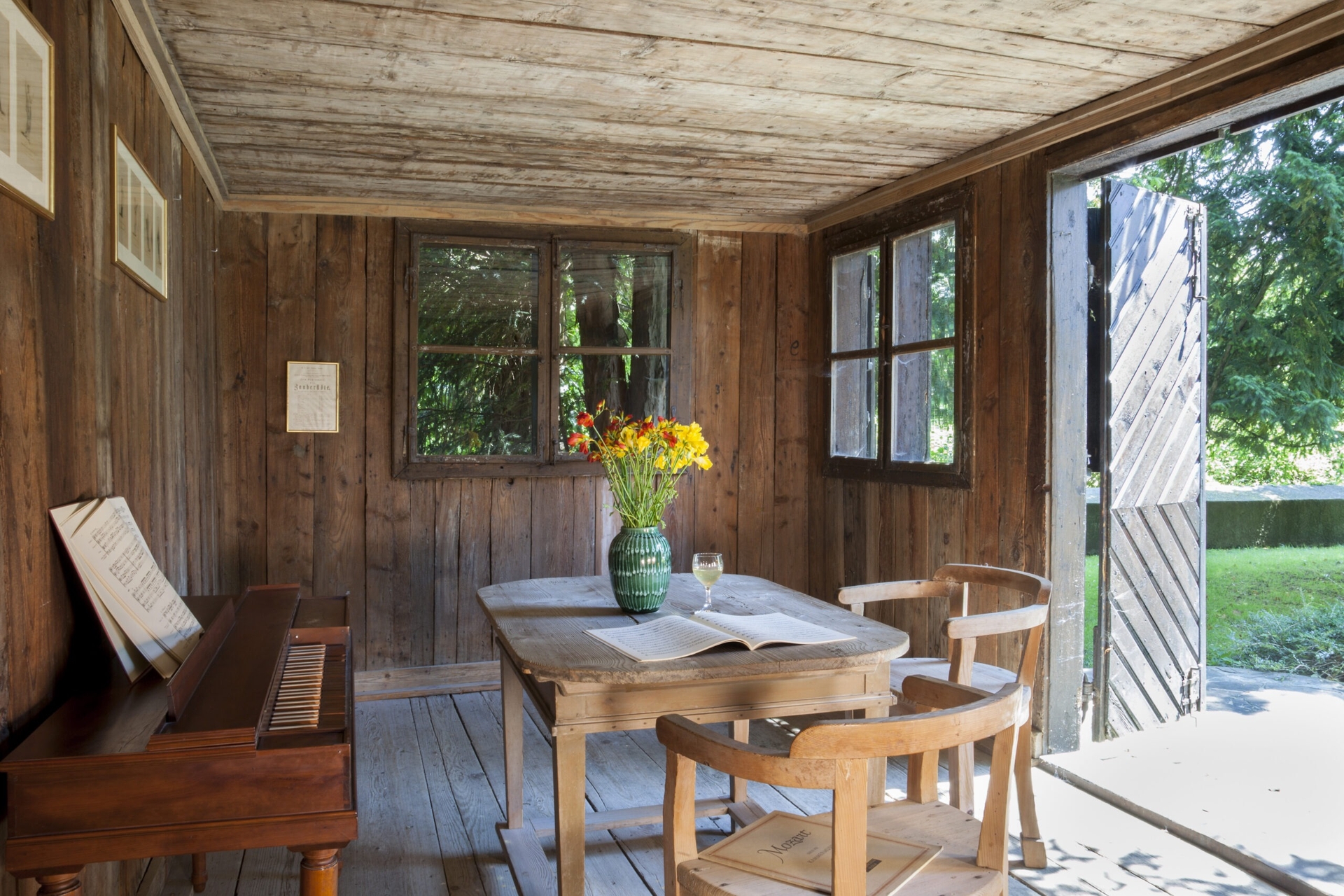Mozart Residence
A visit to the Mozart Residence takes approximately one hour.
The Mozart Residence is barrier-free accessible via the Theatergasse entrance. To open the barrier-free entrance, please call +43 662 874227 40, our staff will be happy to assist you.
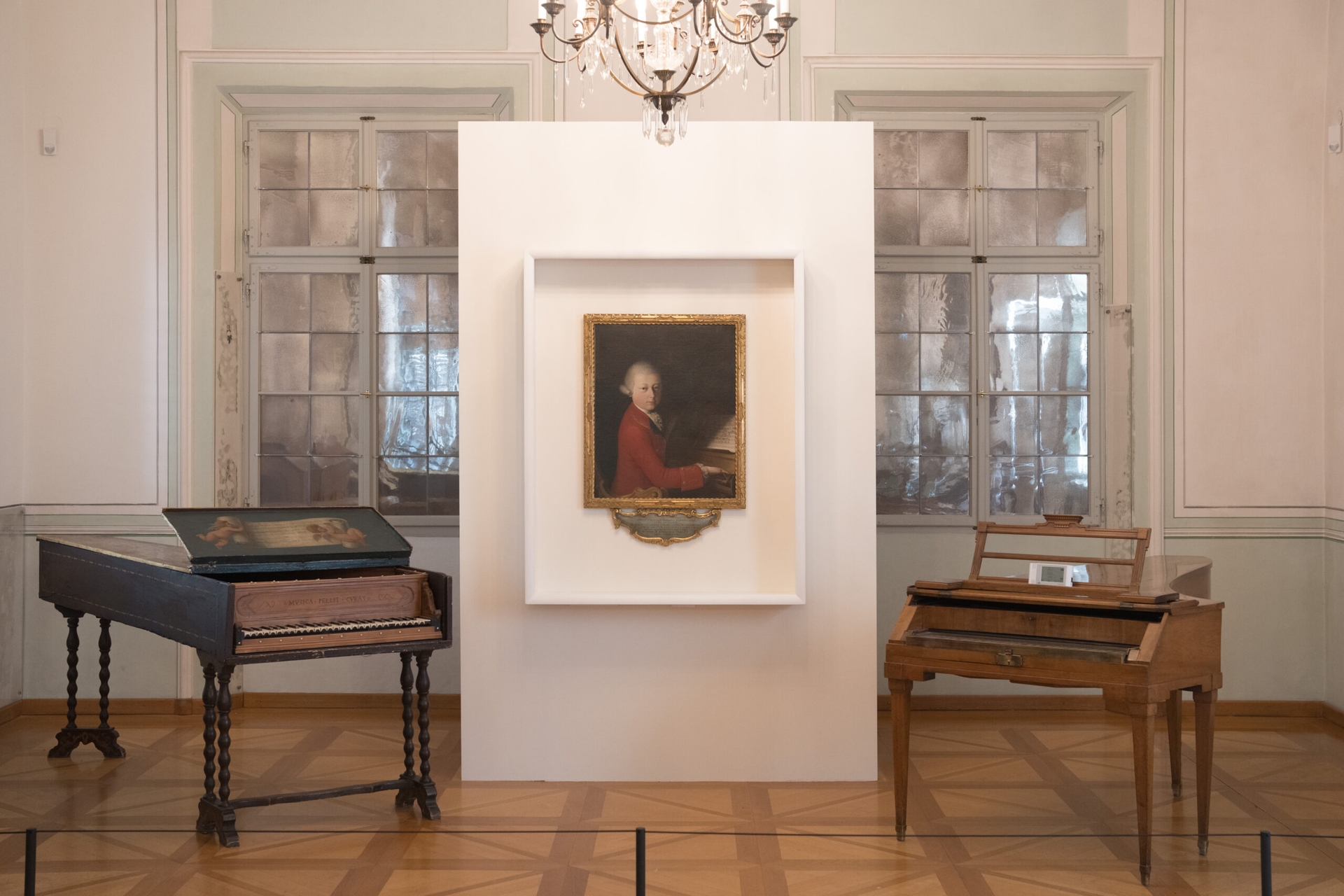
The former “Tanzmeisterhaus”, now run by the International Mozarteum Foundation as the Mozart Residence, provided the Mozart family with a spacious ambience from 1773, with an eight-room apartment on the second floor. Wolfgang Amadé lived here until the end of 1780, when he left Salzburg for good.
The Mozart Residence was rebuilt after being partially destroyed during World War II and reopened to the public in 1996.
The exhibition Mozart 1775: The Greatest Composer is currently taking place in the Mozart Residence, and you can also admire the world-famous portrait ‘Mozart in Verona’ in the Tanzmeistersaal.
Admission Fees
Tickets are available online or directly at the box office in the museums!
Prices in parentheses are combined tickets for the Birthplace and Residence.
The combined ticket for both museums is valid for 48 hours from the time of validation on site. It is not transferable to other persons.
Those entitled to a reduction must prove their entitlement by means of a valid identification documen.
The admission fee does not include a guided tour.
Payment options: cash Maestro, Visa or MasterCard, JCB, Union Pay, American Express, Diners Club. The Salzburg Card is accepted here.
Important note: Due to current events, we would like to point out that the purchase of online tickets is only possible via the official webshop of the International Mozarteum Foundation. Do not purchase through third-party providers, these tickets will not be accepted at the Mozart-museums!
Special exhibition: Eggers Collection
2005, is the most significant addition to the Mozarteum Foundation’s autograph collection since the donations made by Mozart’s two sons in the 19th century. It comprises a total of twelve high-ranking items: letters and documents belonging to the Mozart family, as well as handwritten musical scores by Leopold and Wolfgang Amadé Mozart. Most of these objects have never been shown in public before and are now being presented in an exhibition.
28 November 2025 – 1 February 2026
Mozart Residence
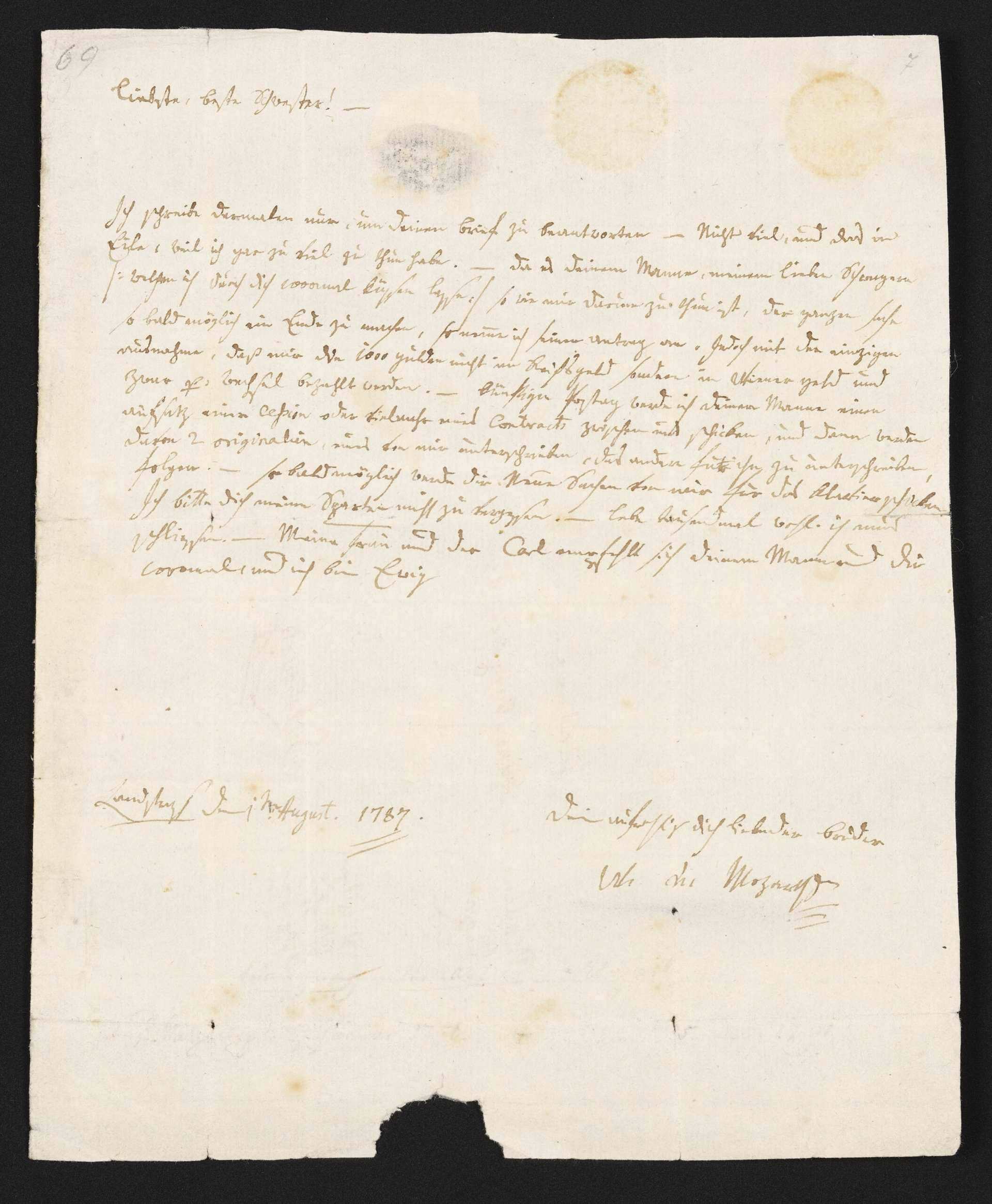
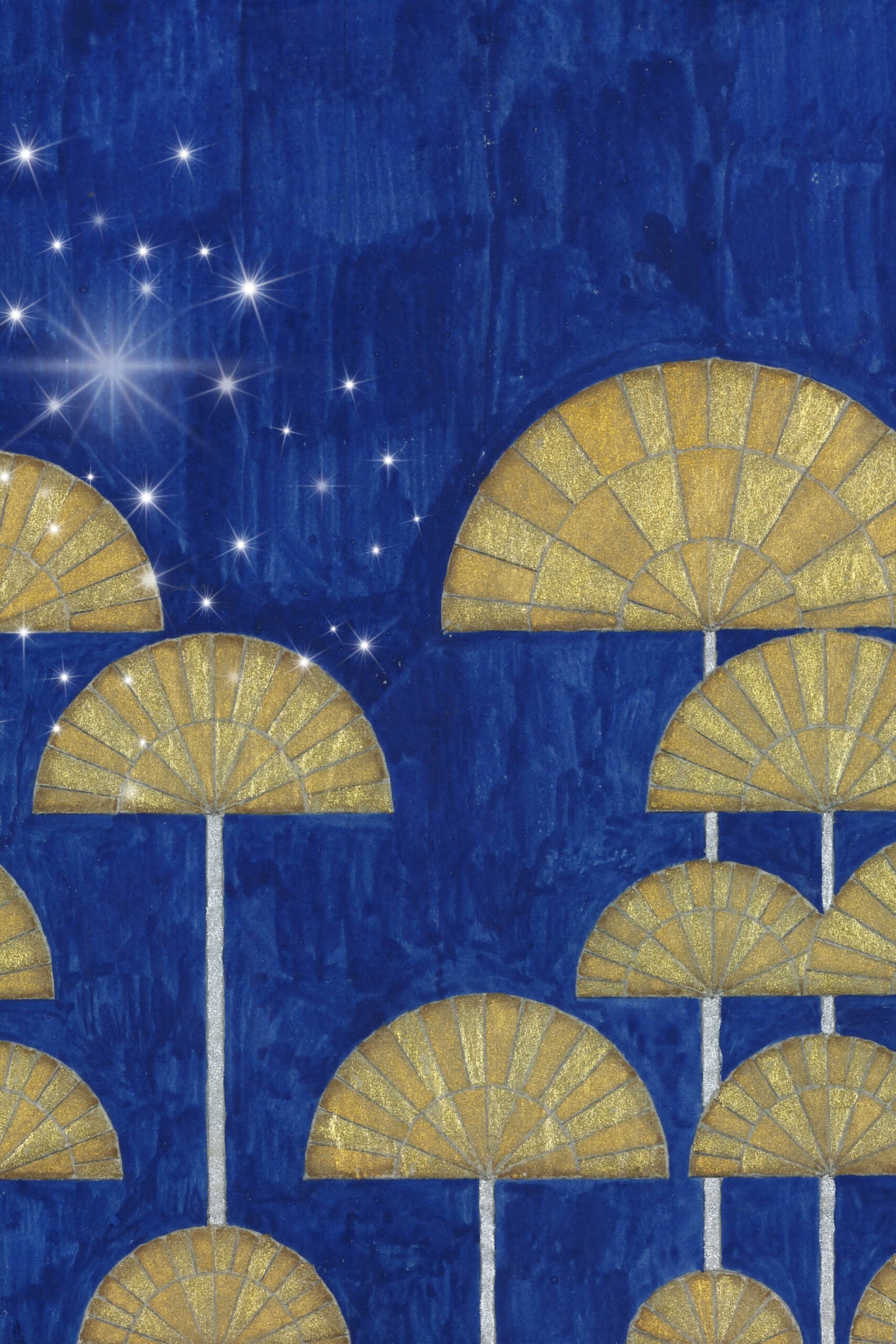
Special exhibition: Cosmos Magic Flute
Everything about The Magic Flute! The exhibition presents new acquisitions from the collection of passionate Munich collector Dr. Günther Gerisch and his wife Rosmarie, who have assembled an extensive Mozart collection focusing on Mozart’s Magic Flute and Freemasonry in Mozart’s time. This includes the extremely rare libretto from the 1791 premiere featuring Emanuel Schikaneder as Papageno.
16.01.2026 – 07.04.2026, Mozart Residence
Mozart Audio-Visual Collection
The Mozart Audio-Visual Collection, opened in 1991, is the largest specialized archive of sound and film recordings relating to Mozart’s life and works. 50,000 sound titles (the earliest dates from 1889) and 5,000 video productions can be played on site. Some musical works are available in more than 400 different interpretations. The collection includes interpretations of works, rehearsal recordings, documentaries and feature films, portraits, radio plays and children’s films.
The Mozart Audio-Visual Collection is open to the public free of charge during opening hours.
Film screenings for groups are available upon prior appointment.
Opening hours:
Monday, Tuesday and Friday, 9 a.m. to 1 p.m.
Wednesday and Thursday, 1 p.m. to 5 p.m.
Contact:
Mag. Stephanie Krenner
Mozart Ton- und Filmsammlung
Makartplatz 8, 5020 Salzburg
Tel:+43 (0) 662 88 3454 81
krenner@mozarteum.at

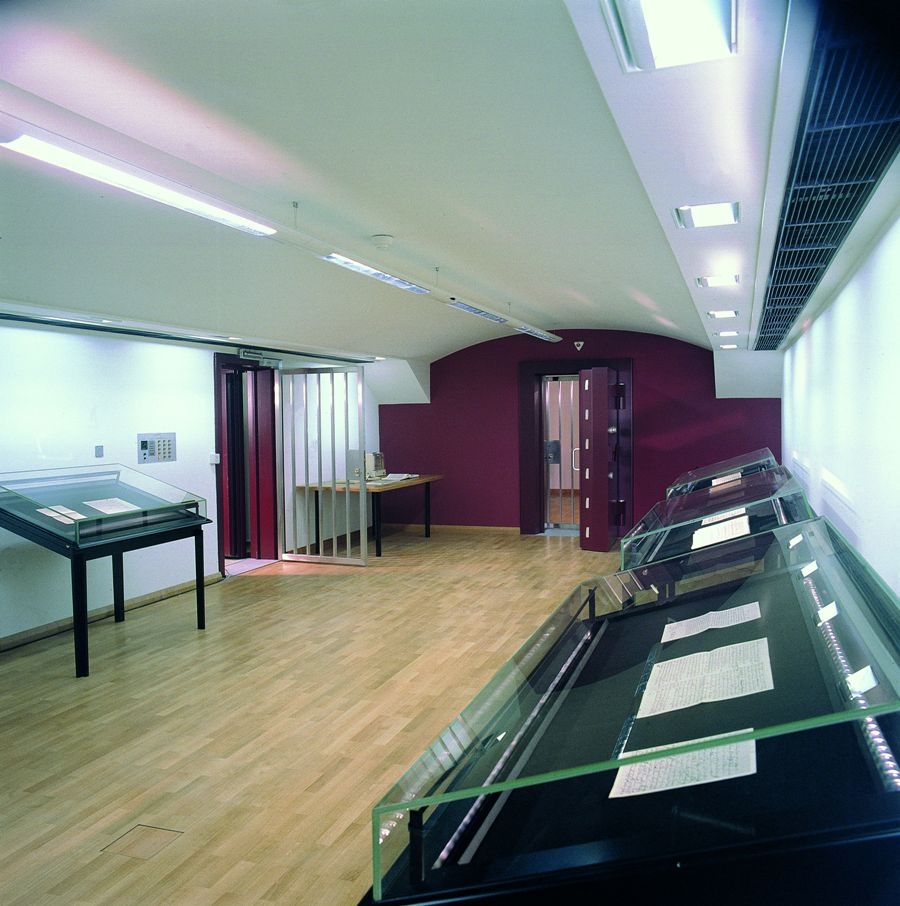
Autograph vault
In the Autograph Vault in the basement of the Mozart Residence, the Mozarteum Foundation keeps its most valuable holdings: more than half of all known documents associated with the family, including about 200 original letters by Mozart (for 150 of them he himself is the main author, for the other 50 one of several contributors), about 300 letters by his father Leopold, and more than 100 autograph music manuscripts, most of them sketches and drafts of Mozart’s works, as well as autographs in the hand of Franz Xaver Wolfgang Mozart. The collection also includes scores, letters and other documents from numerous other personalities from the 18th to the 20th centuries. We are working intensively on cataloging these holdings as part of various ongoing projects.
The autograph vault may only be visited as part of special guided tours.
Contact:
Dr. Armin Brinzing
Makartplatz 8, 5020 Salzburg
Tel:+43 (0) 662 889 40 14
bibliothek@mozarteum.at
Magic Flute House
The ‘Magic Flute House’, where Mozart is said to have composed parts of The Magic Flute while living in Vienna, was located in the so-called Bastion Garden of the Mozarteum since the 1950s. This garden is accessible only via the main building of the Mozarteum Foundation.
According to some sources, Mozart wrote part of his most famous work, The Magic Flute, in this garden cottage. Emanuel Schikaneder, Mozart’s friend who wrote the text of The Magic Flute, is said to have kept the composer there to ensure the timely completion of the work. The small wooden house was originally located in the garden next to the Freihaustheater auf der Wieden in Vienna. After the sale of the Freihaustheater, on whose grounds the little house stood, its owner, Prince Starhemberg, sold the Magic Flute House to the International Mozarteum Foundation in 1873. For the first Salzburg Music Festival in 1877, the little house was ceremoniously transferred from Vienna to Salzburg. At that time, the Mozarteum Foundation erected it on the Kapuzinerberg, in a prominent location above the Kapuziner monastery. To get to the Magic Flute House, one had to pay a toll at the gatehouse (which still exists today). This made it possible to visit the upper parts of the Kapuzinerberg. This practice was maintained until World War II. After the war, the Magic Flute House fell into oblivion until it was thoroughly restored and placed in the Bastion Garden on May 6, 1950. Until now, the Magic Flute House could only be visited during the summer months, at events in the Mozarteum’s Great Hall and on request during guided tours.
Following urgently needed restoration work in the workshops of the Salzburger Freilichtmuseum, the Magic Flute House has arrived at its final location in the courtyard of the Mozart Residence. A tour of the Magic Flute House is possible as part of a visit to the museum.
